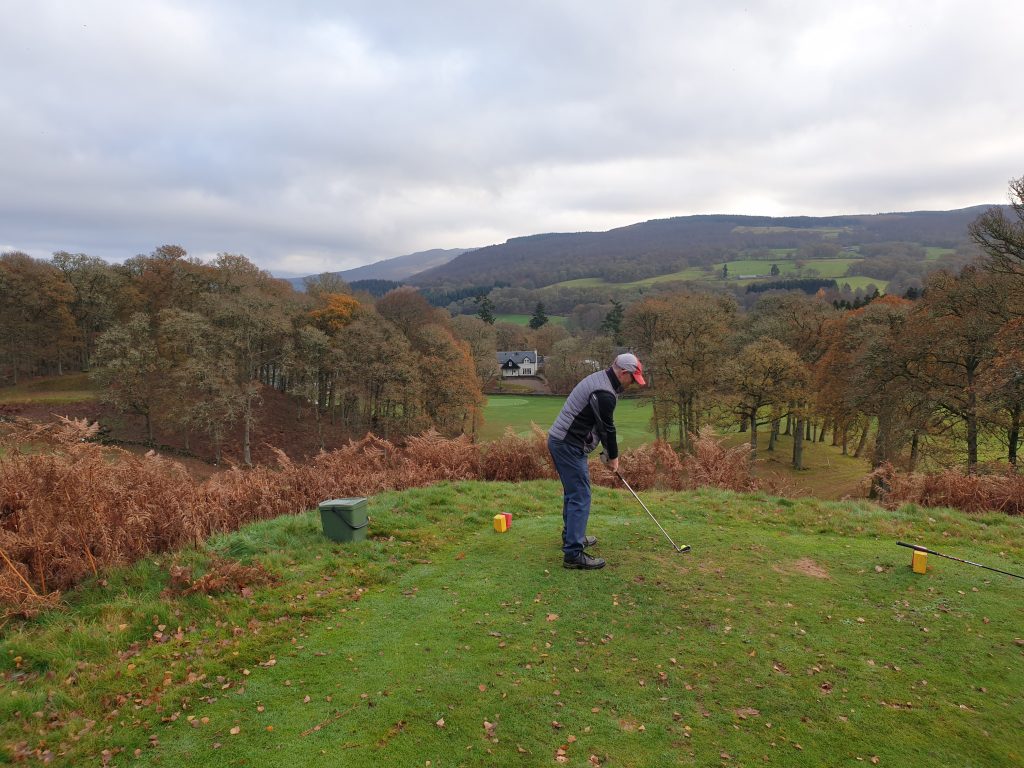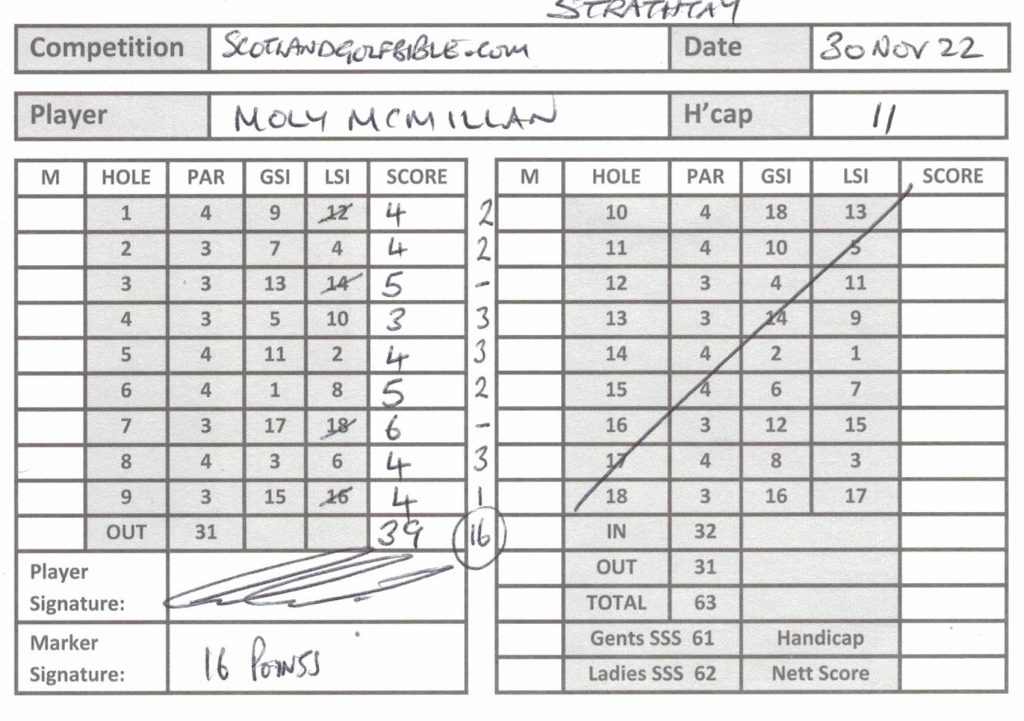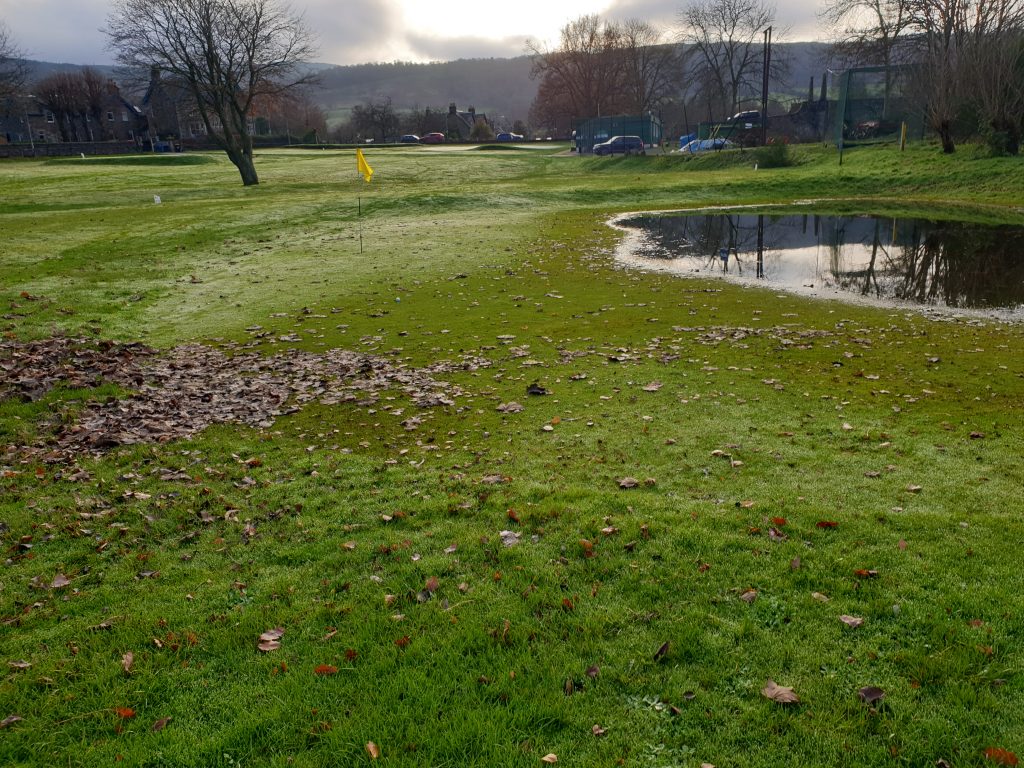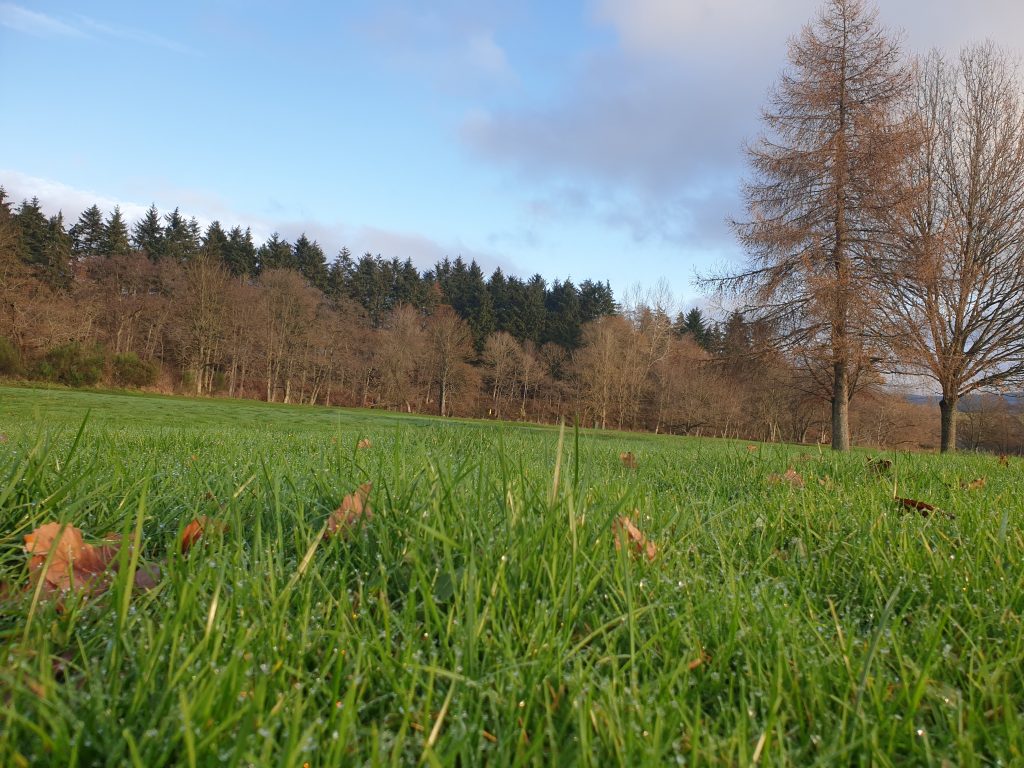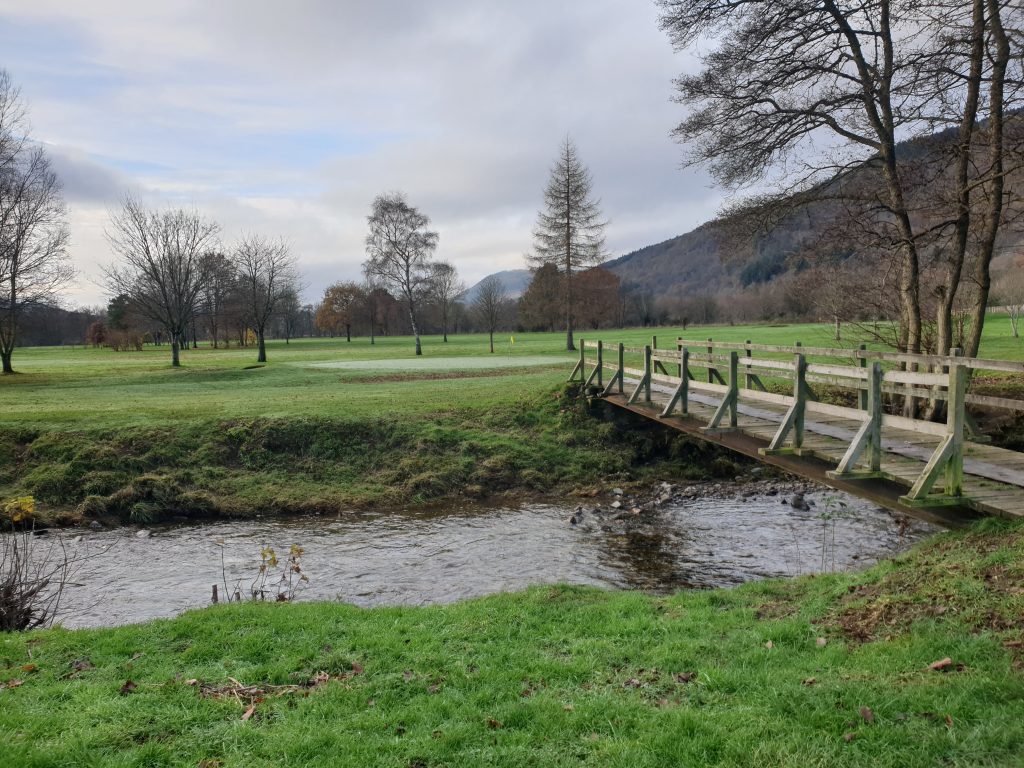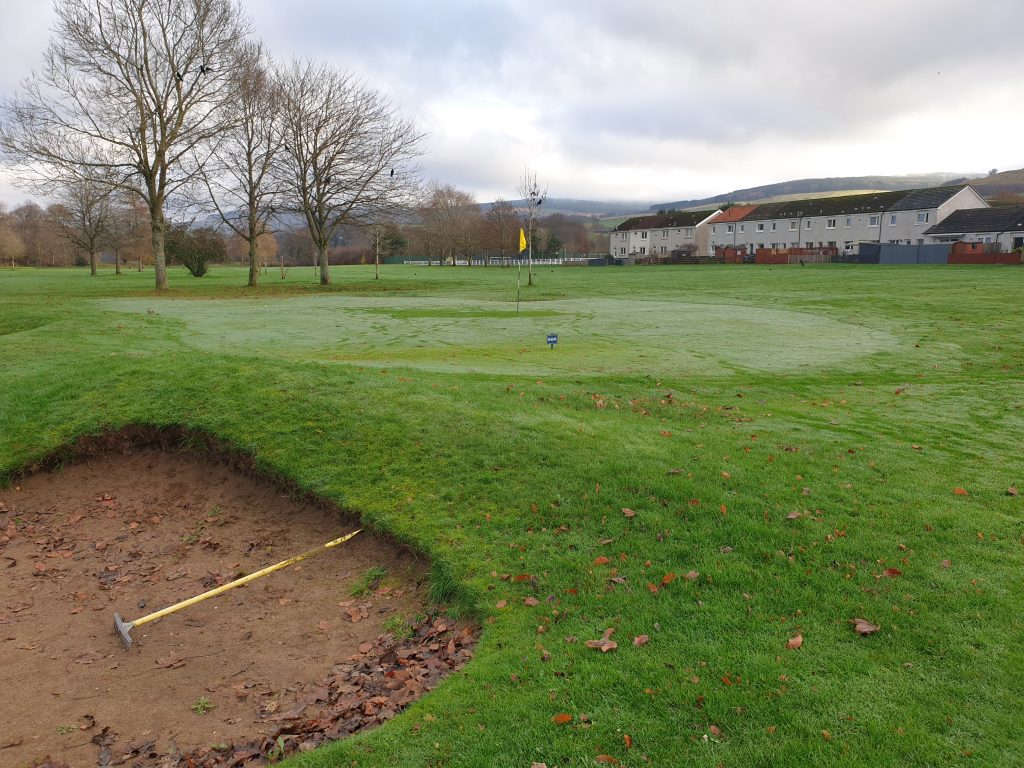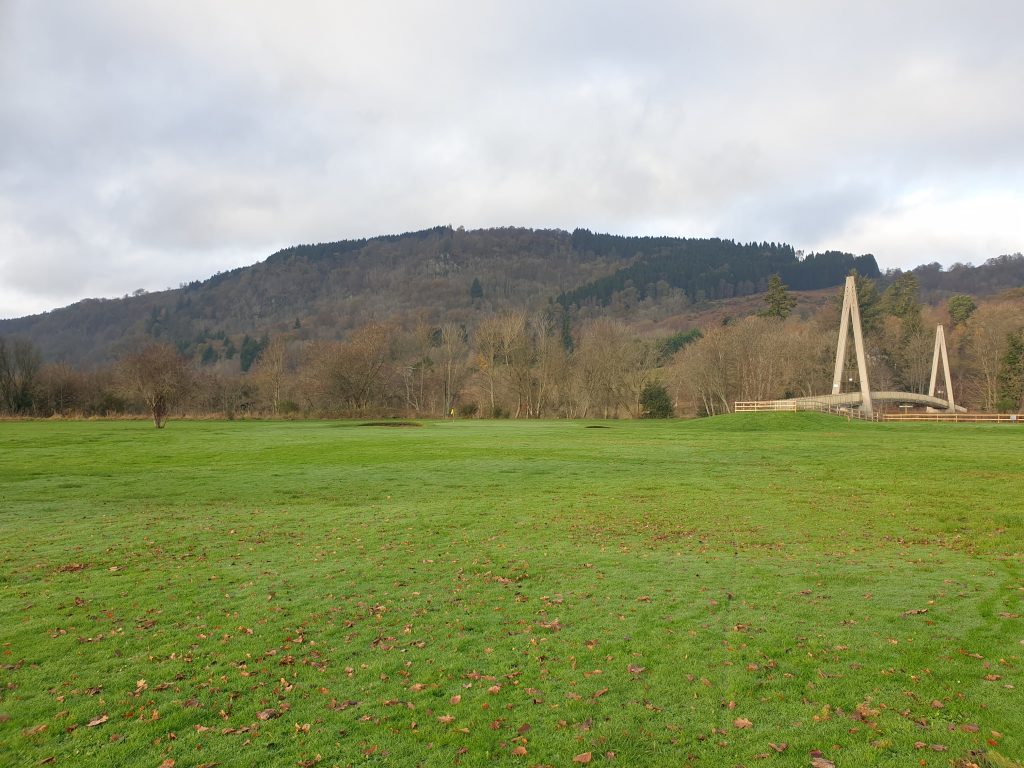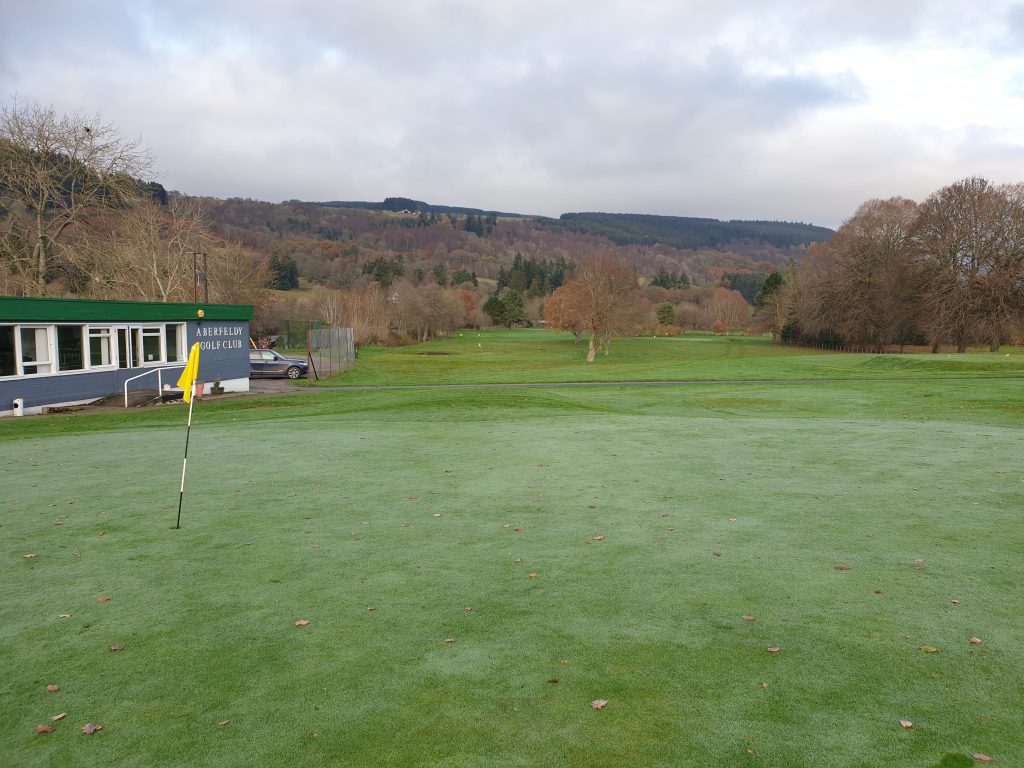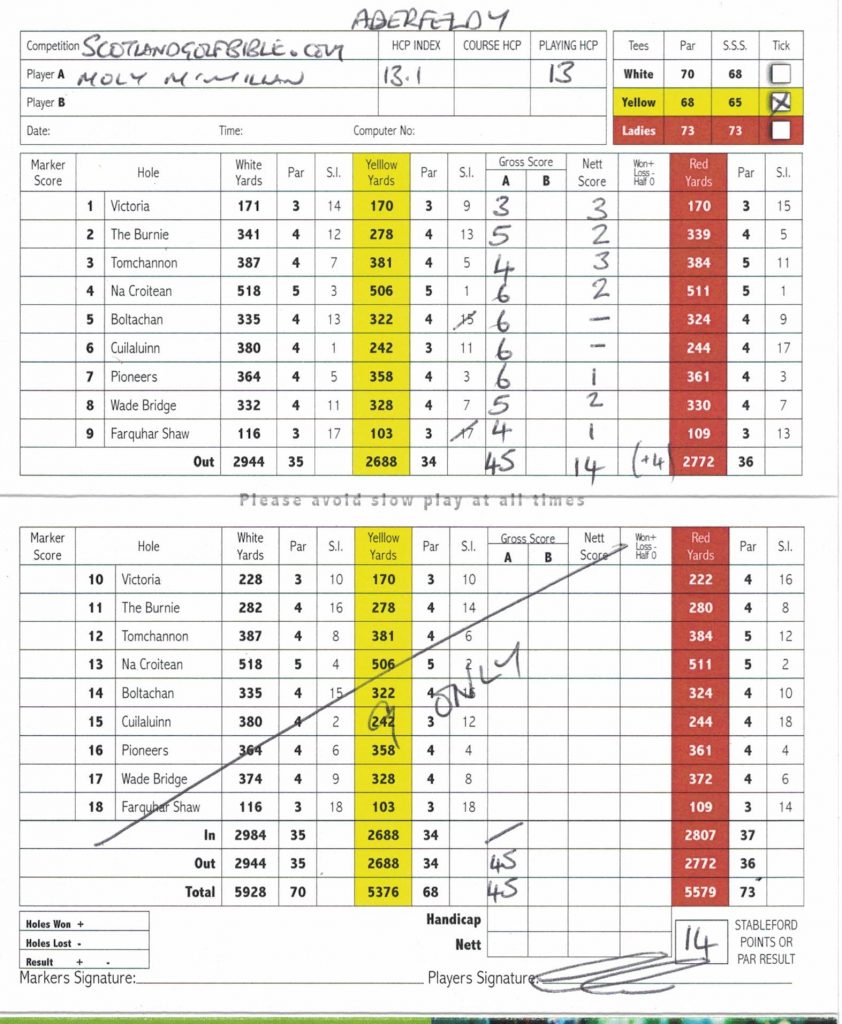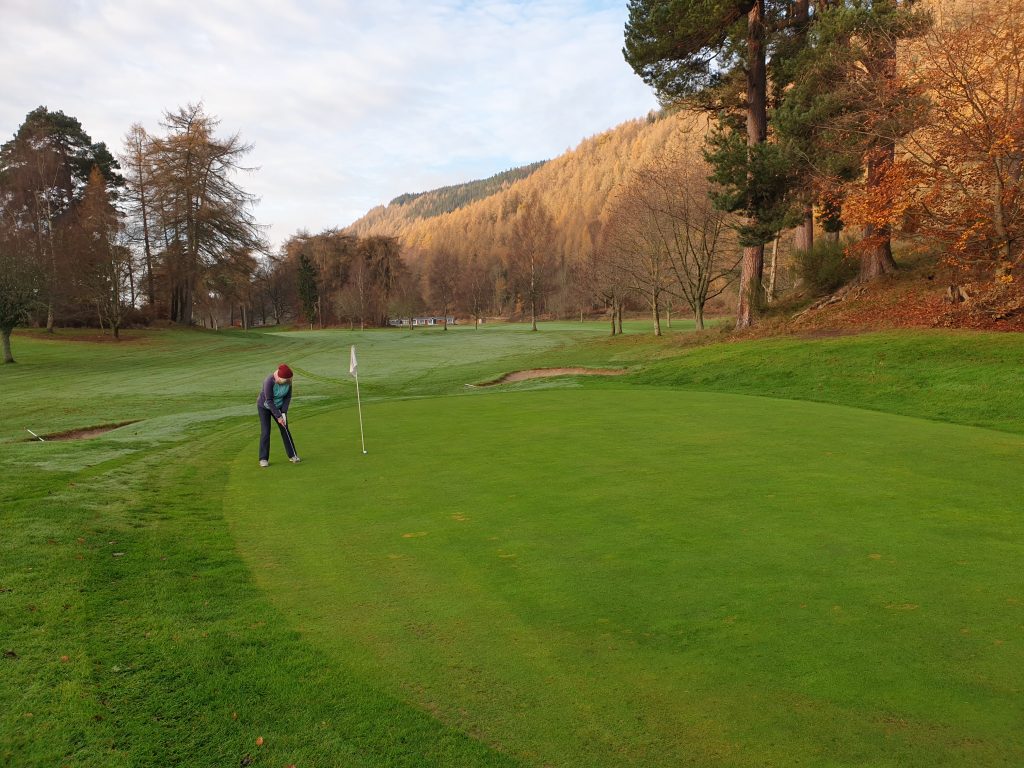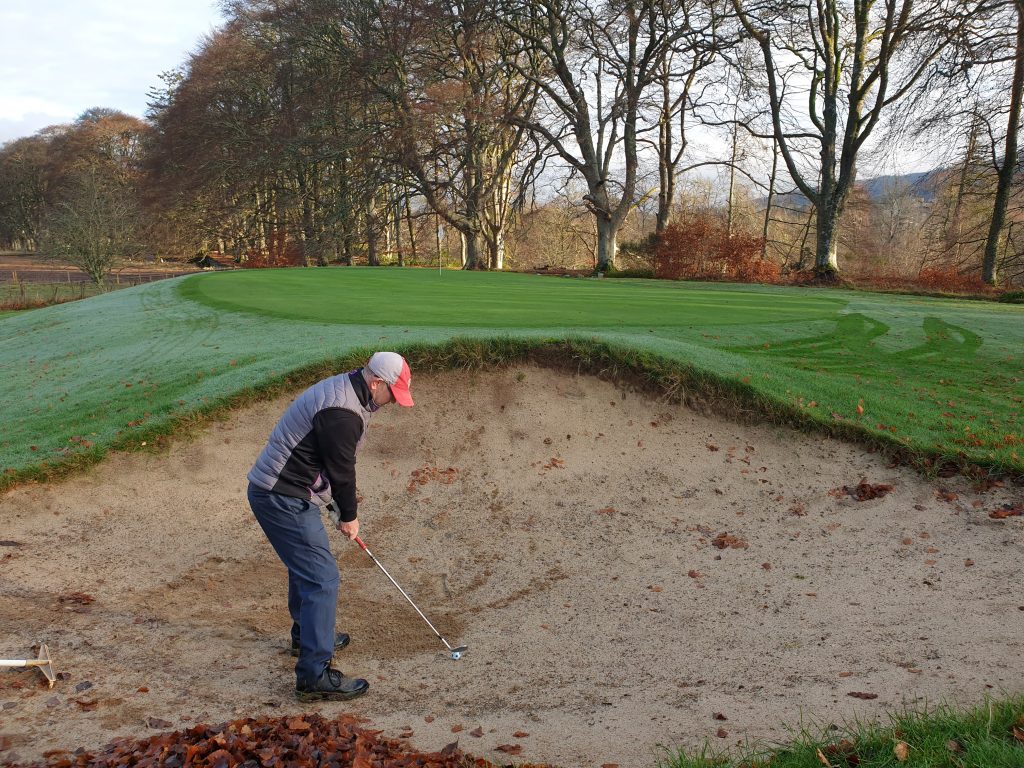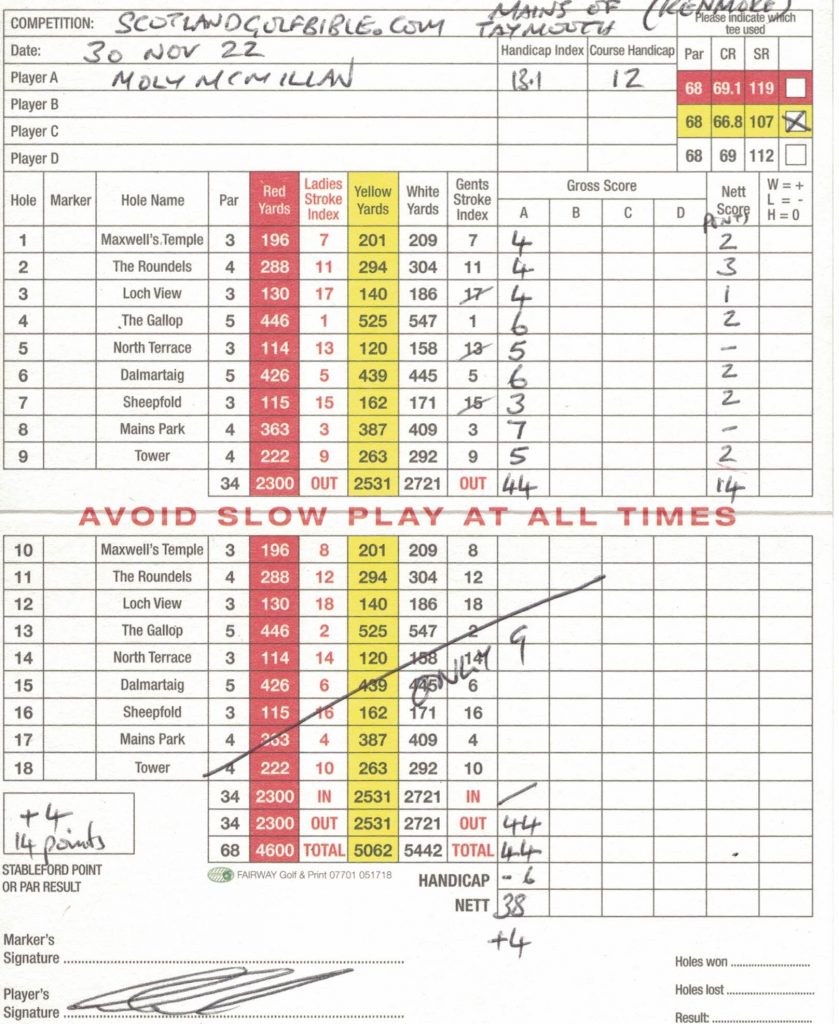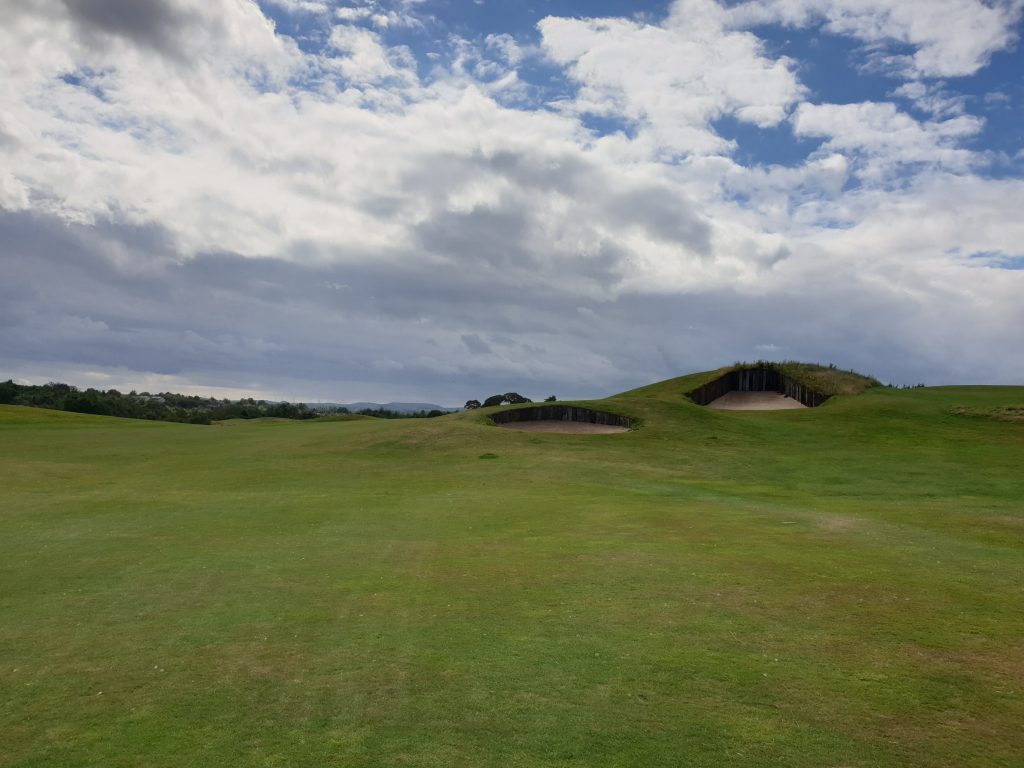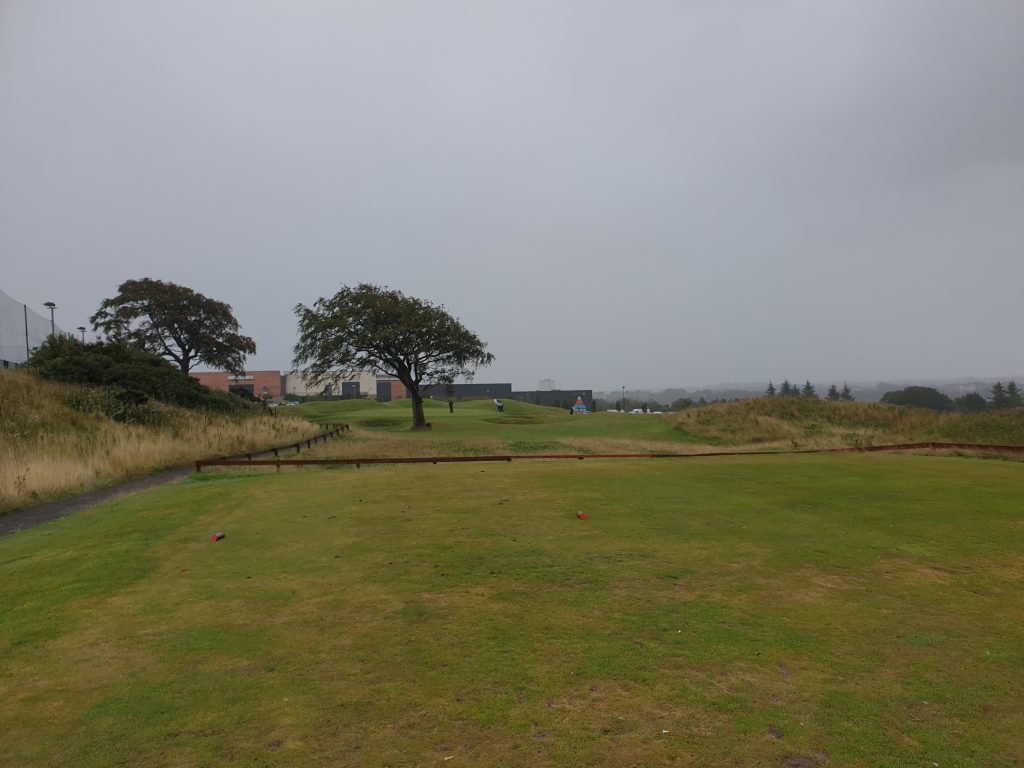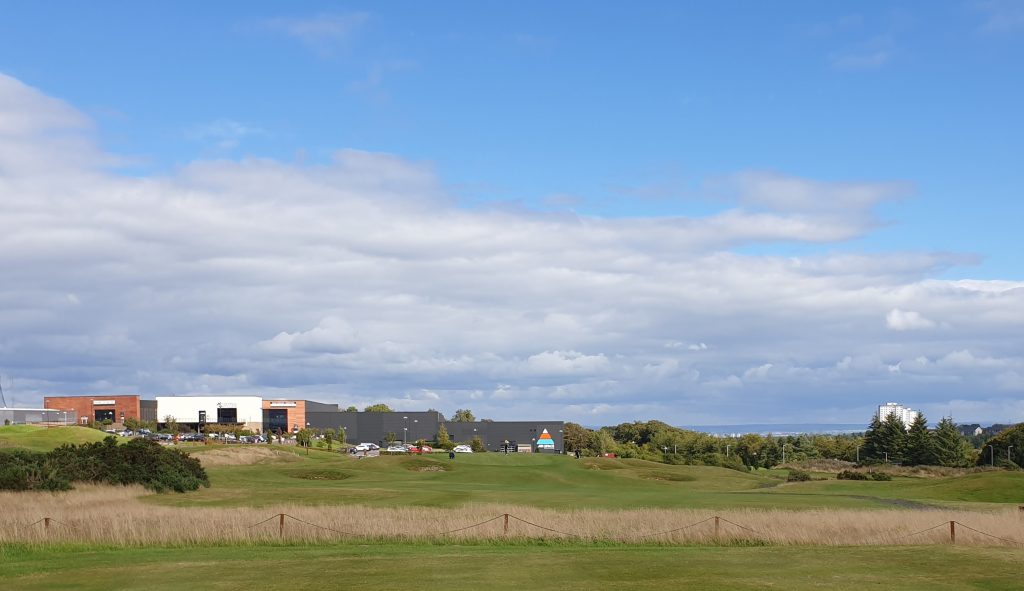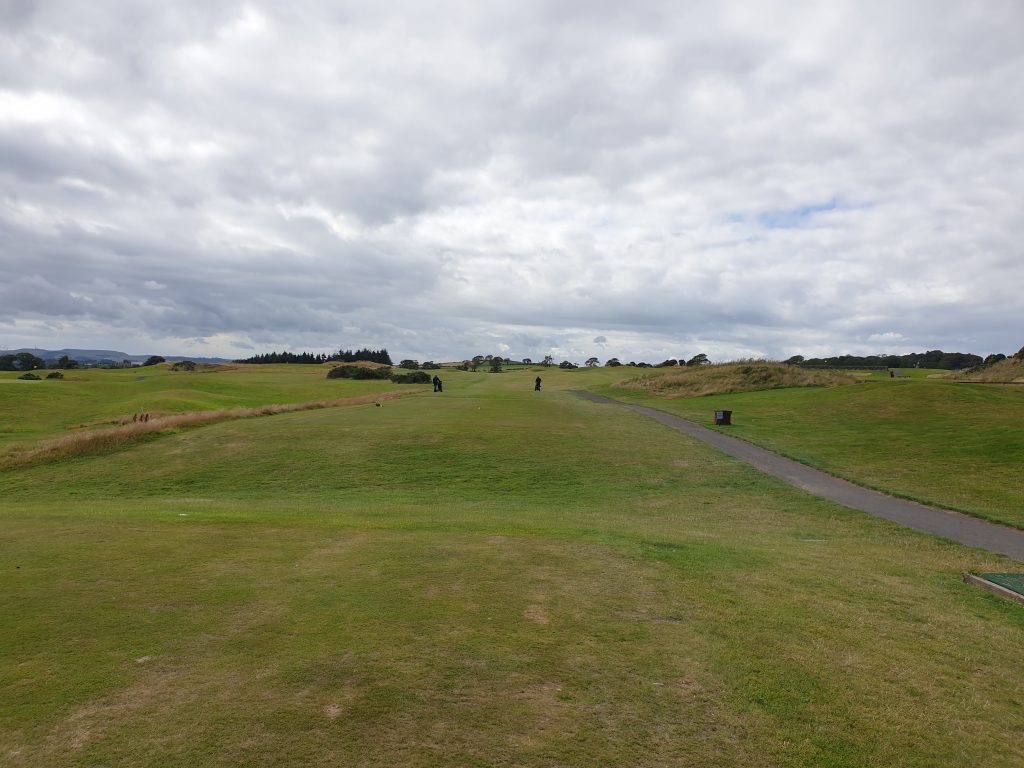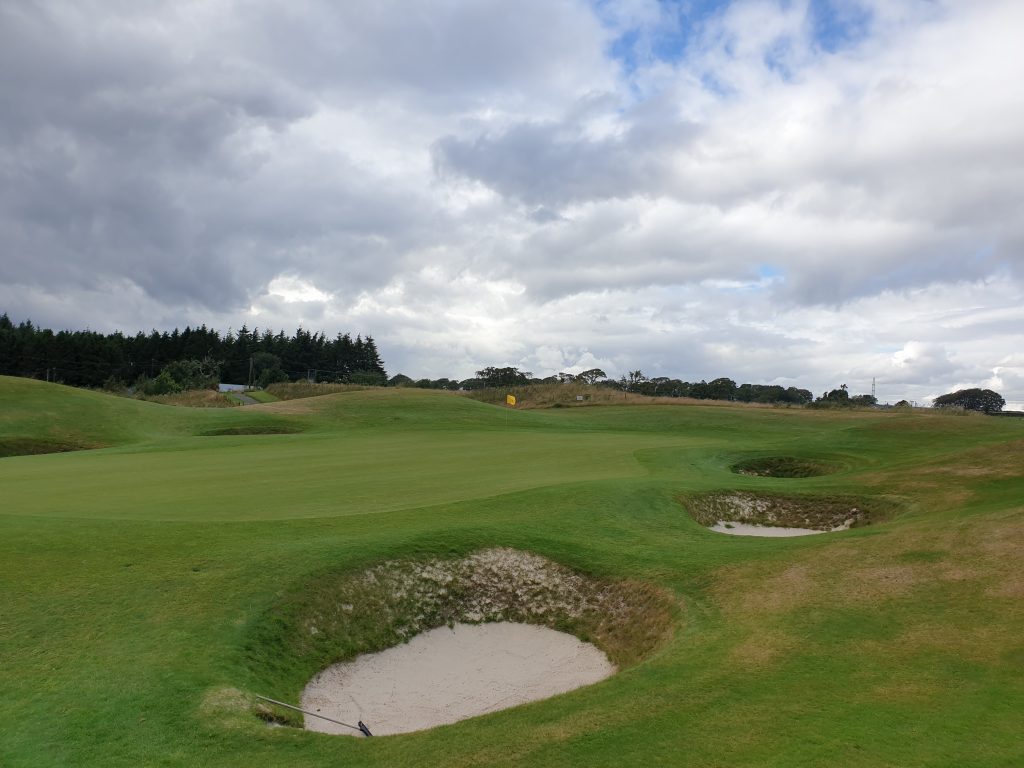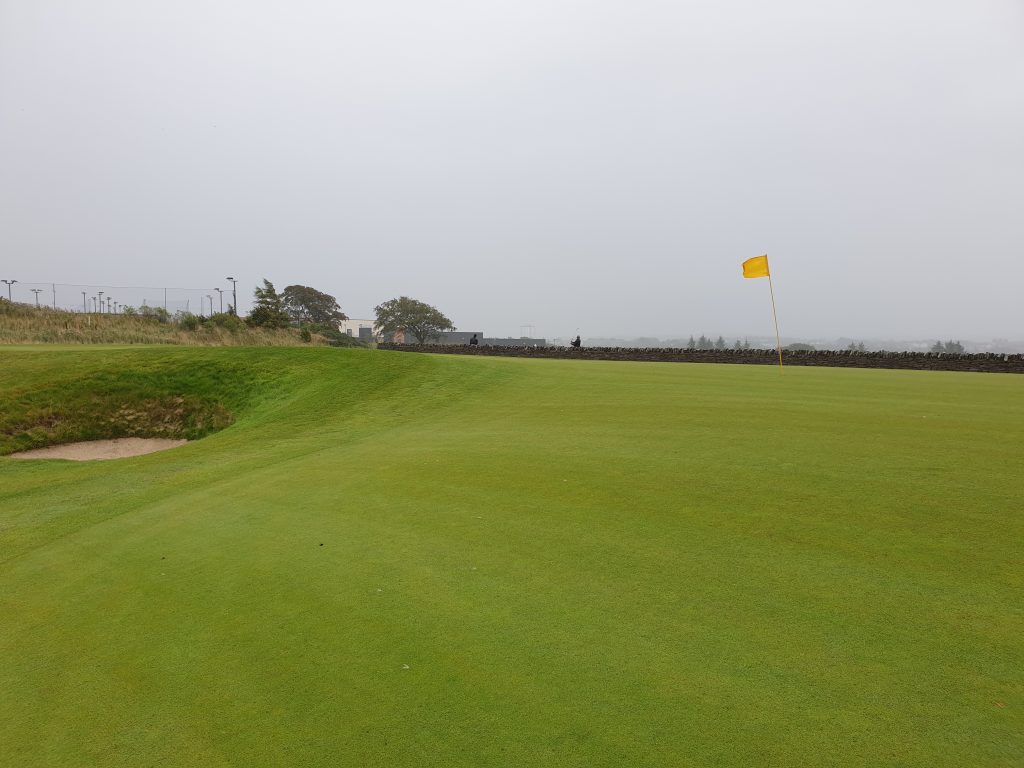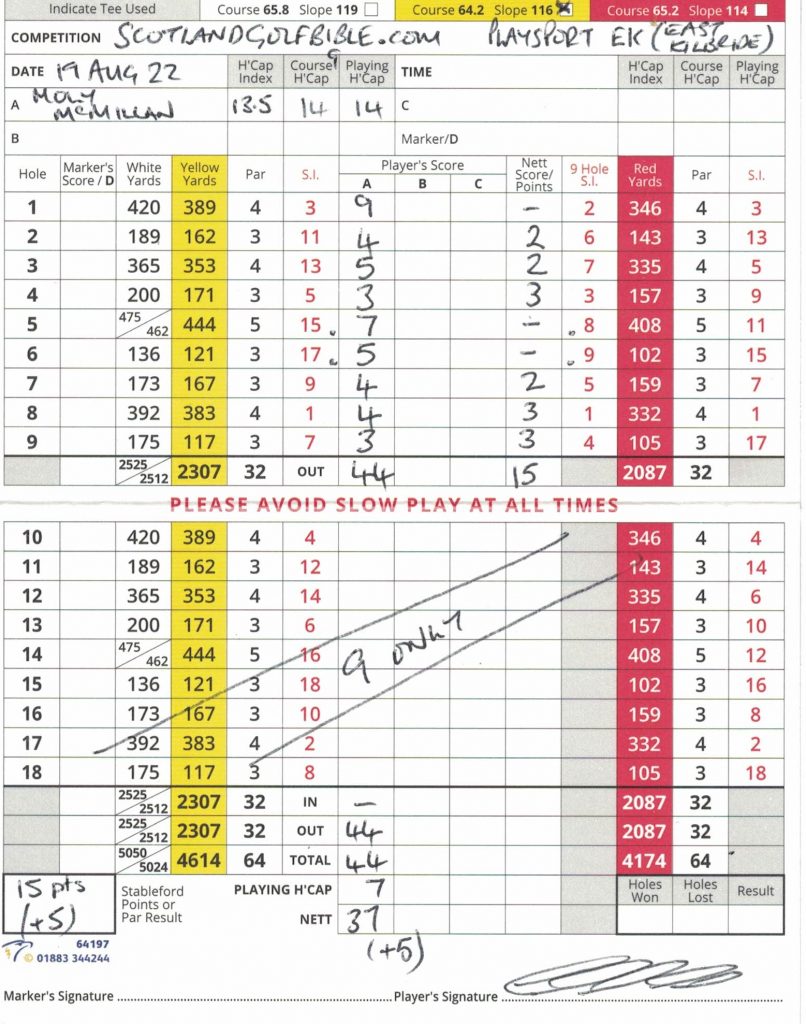Enchanting Course from a ‘one off’ Architect?
Value 4/5
Strathtay golf course, in Highland Perthshire, is the delightful 1909 creation of “Captain Steuart of Ballechin”. With so many good holes on this well crafted layout, I wondered who “Captain Stueart” was. Surely this had to have been designed by an experienced architect?
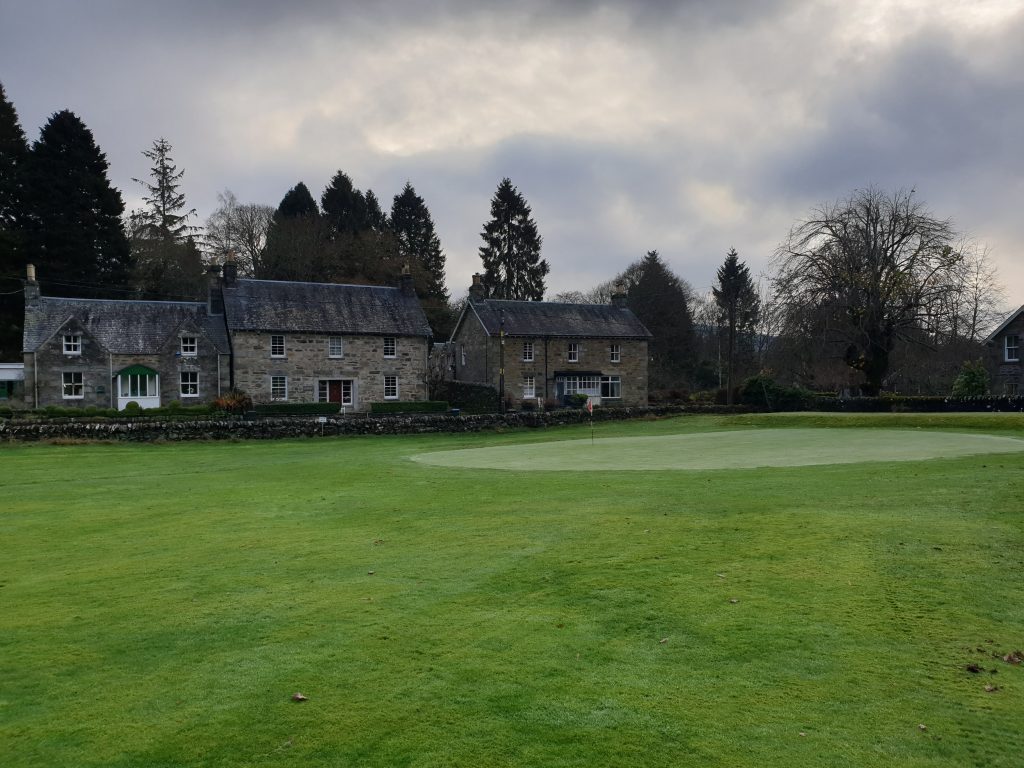
This 9 hole course is short, at under 2000 yards, with 5 par threes and 4 par fours, although the “11th” is played as a par 4 on the “back 9” from a back tee. Being set into the slopes above the Victorian village of Strathtay, the course feels much longer, with plenty of guile.

The “Captain” turns out to be John Malcolm Stueart, an officer in the Rifle Brigade (The Prince Consort’s Own). His nearby home, Ballechin House, was an ancestral seat of the Jacobean Steuart’s (‘Steuart’ being the French spelling of ‘Stewart’). John’s great uncle of the same name, Major John Steuart (1806-1876) had become intrigued with Indian religions, and reportedly came back after his death as a reincarnated dog, resulting in Ballechin house being termed “The most haunted Scotland!”.
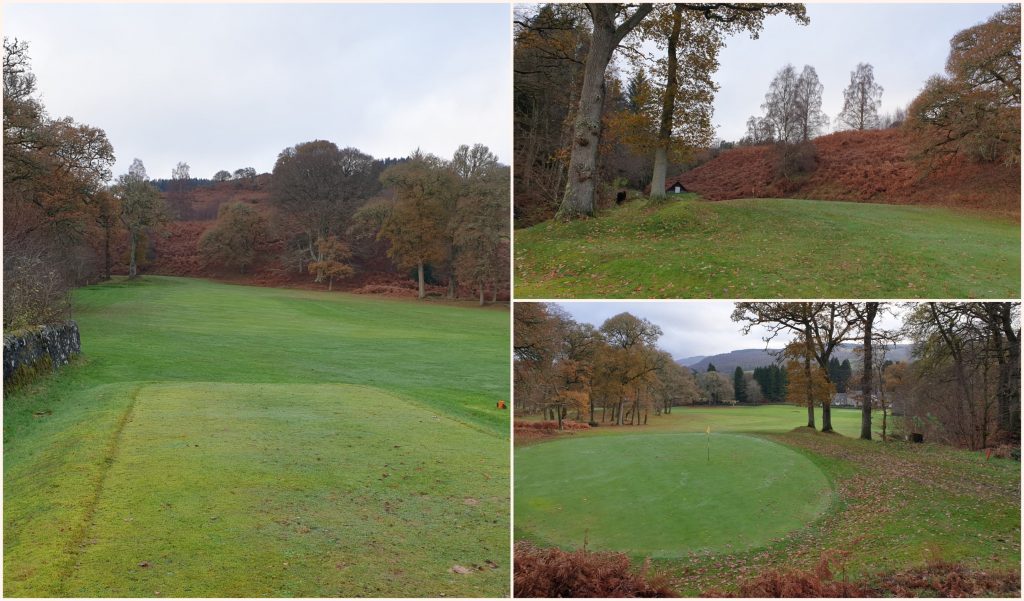
The golfing “Captain” was clearly one of those highly sporty people, and regimental chronicles cite his being the best shot in the battalion, being placed first at rowing and leading the regiment’s best team on sports day. There is also mention of his proficiency at Highland dancing!
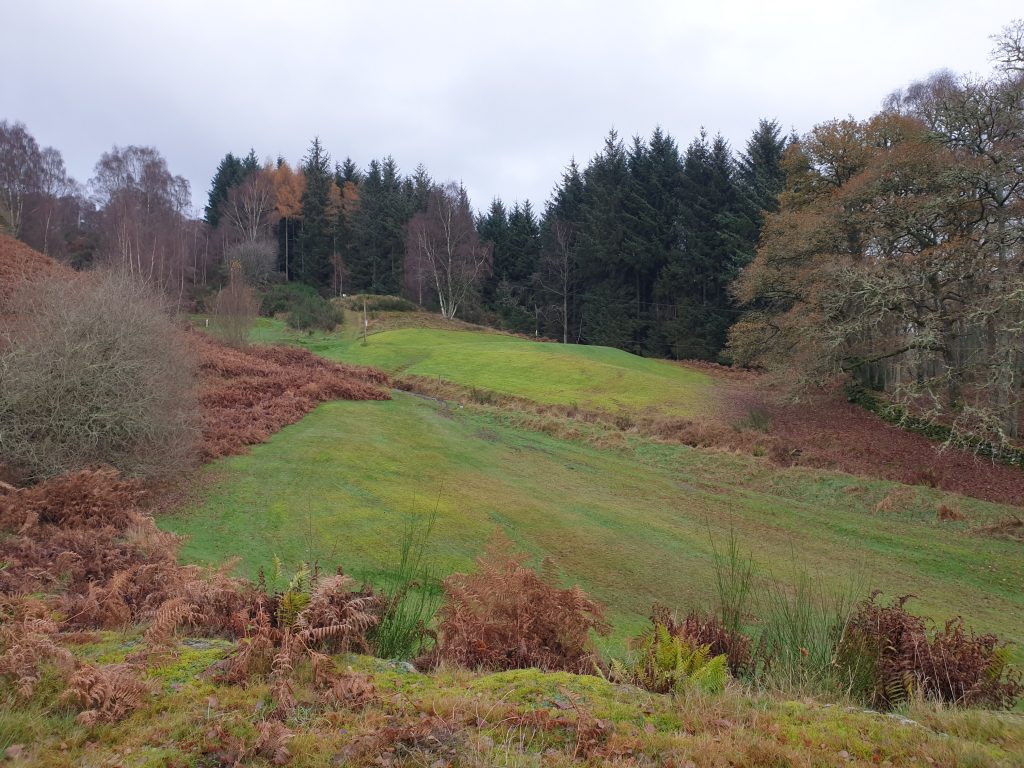
The Rifle Regiment also fought in the Boer War and, whilst it cannot be said with certainty, there is a good chance that Captain Steuart fought at the Battle of Speionkop, which is relevant to the course; the 5th hole is dedicated to the people who died in that battle. The 5th hole is so steep, it is impossible for trolleys and buggies to ascend to the green. It would feel very fitting that the course designer had actually been to the real Spion Kop (see the Craigie Hill blog for the back story).
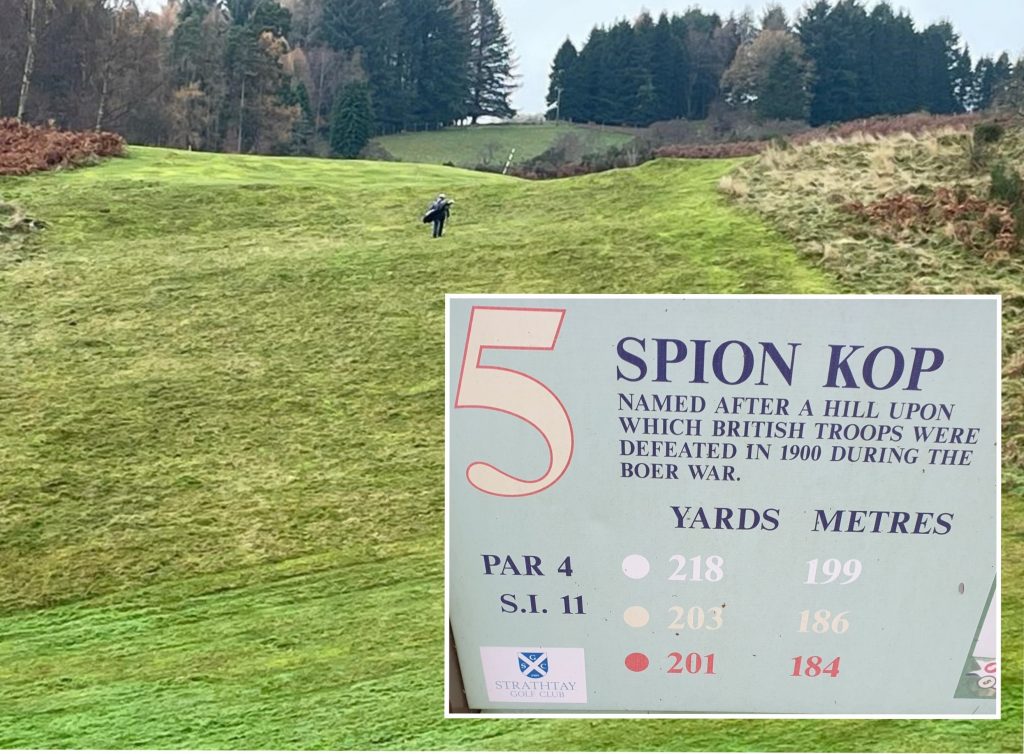
The course was in excellent condition when we played, despite the recent very wet weather. The small greens are often set into or alongside trees, with some sharp greenside drop offs, making up for the absence of bunkers.
We paid just £10 and thought this was excellent value, given the condition and general ambiance of the course. There is also a nice little clubhouse which I can imagine is a great place to sit on a warm summers day. Highly recommended.
Round List Price £15. Actual Paid £10 (Winter rate).
Moly’s Score – 39 for 16 points (off 12)
Course/Slope Rating (yellow) nk/nk
Course Type: Heathland
Par 31 (4 par 4s, 5 par 3s)
Distance (yellow): 1745 yards
